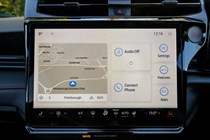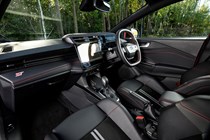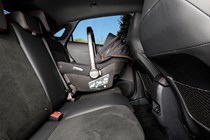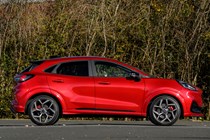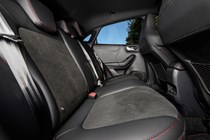Ford Puma ST long-term test
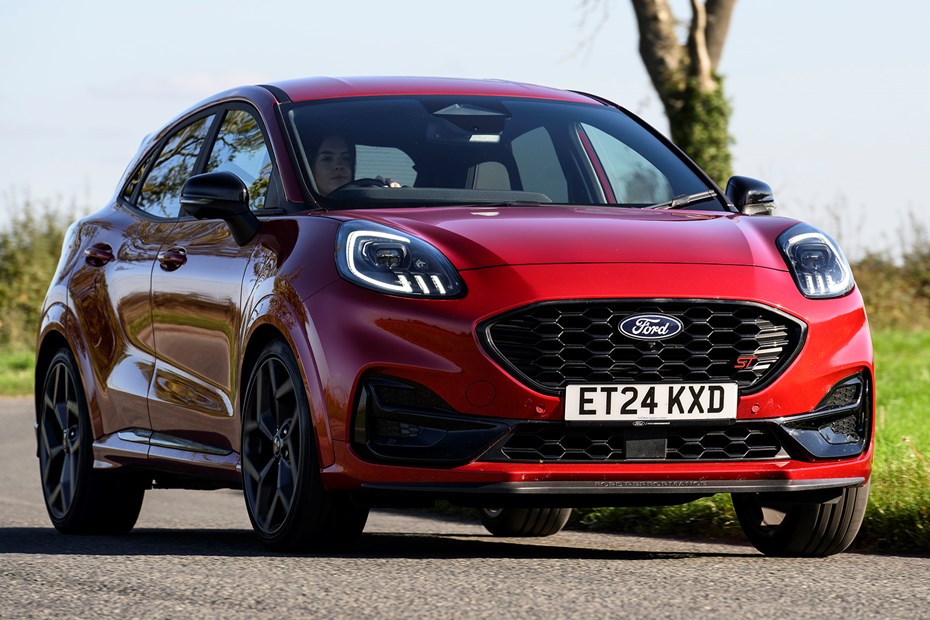
Wondering what this compact SUV is like to live with? Our consumer editor, Richard Kilpatrick, had the honour of running a Puma ST for three months.
Update 1: Is the Puma ST is the best tool for the job?

Background first: Although I think the Puma is one of Ford’s best designs since it entered the softer SUV market, it’s not the sort of car I would choose for myself. Particularly in manual, ST form. In the space of a couple of weeks I’ve been won over, and a lot of that has to do with the ST’s character, as well as how clever the Puma is.
What’s a Ford Puma ST?
As the name suggests, it’s a warmed-up version of the Ford Puma, inheriting much of the Ford Fiesta ST’s tech and attitude despite being a tall, roomy five-door small SUV. It doesn’t give much away in terms of performance to the smaller Fiesta, either, yet it’s still among the more affordable cars in this sector.
Initially the Puma ST doesn’t make sense. The deep, grippy bolstered seats don’t have as much adjustment as you might expect, just height, backrest and lumbar in addition to the legroom, and the slightly obnoxious pre-programmed farts from the exhaust sound childish.
This is a sensible small family SUV with a megabox; why is it trying to sound like an Audi RS3? While we’re on the subject of Audis, our long-term Audi Q2 is a pretty basic 150hp entry-level one and costs just over £30,000; the same budget will get you this Puma ST, with Performance Pack and gadgets the Audi Q2 Sport owner can only dream of.
What do you get with a Puma ST Performance Pack?
- 200hp, 1.5-litre turbo three-cylinder engine, with driving modes
- 19-inch alloy wheels
- LED headlamps
- Winter pack: Heated seats and steering wheel
- Handsfree power tailgate
As if wanting to goad your judgement further, it projects two gaudy ST logos onto the pavement and has Ford Performance on the front splitter…
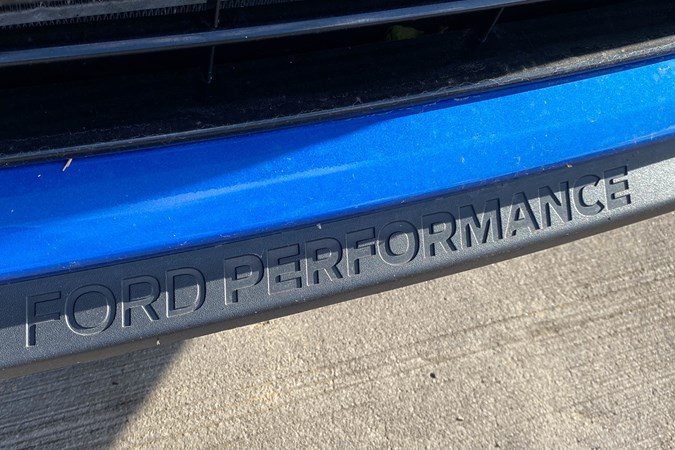
Then you drive it. After a five-hour stint of motorway congestion, relentless monsoon-like rain and a short, blissful blast across the Yorkshire Moors to the coast, the seats have been supportive rather than constricting, the steering tame – if firm – on the motorway, yet responsive on the bends, and the overall refinement and noise entirely tolerable.
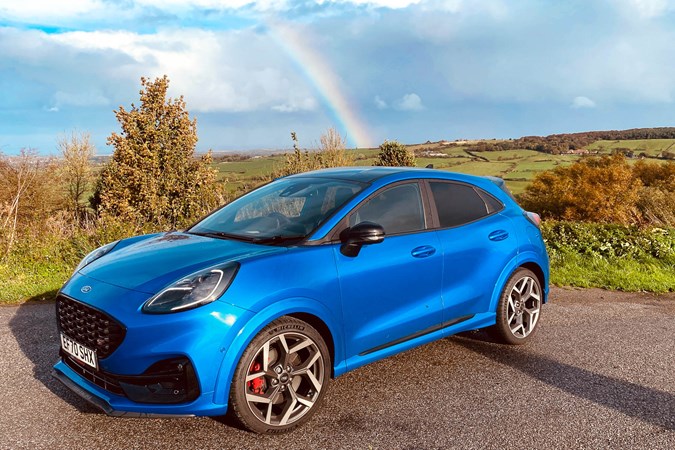
The trip computer is shy of 40mpg, but not by much.
Is the Ford Puma ST economical?
Well, that’s clearly not enough of a test. I collect old computers – the sort of bulky things you see in the background of Wargames or Explorers – and the search for bargains leads me to a round trip of 10 hours including North Norfolk, Kent and the Midlands. A little over 400 miles and every imaginable road while carrying about 40kg of ancient 8-bit to deliver at the end of it.
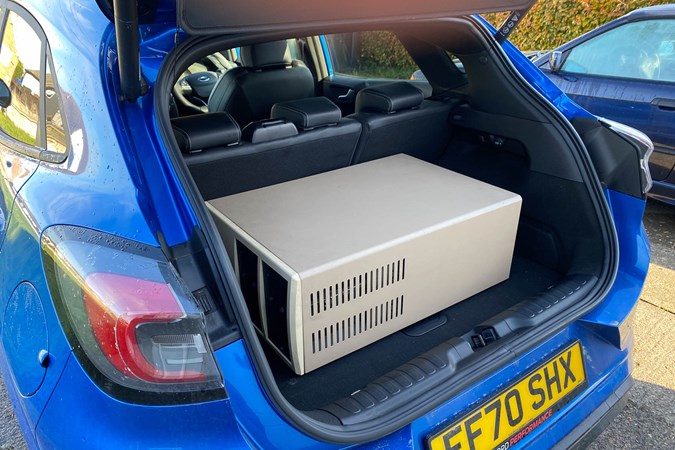
The first leg is astonishing. Choosing to just accept that there are tractors, HGVs and the occasional uncertain driver in a Hyundai i10 (35mph in a clear 70 makes the ½ mile to a slip road feel like ages), by the time the car has covered the first 50 miles it has consumed just one gallon of fuel according to the computer.
Yes – driven sensibly, but not hypermiling as such, the Puma ST can return 50mpg. Or 121% of its claimed economy…
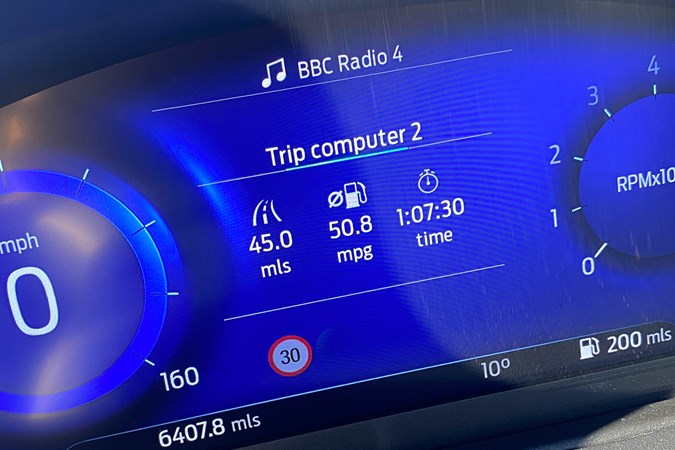
That figure does not survive exposure to Essex and the roads to Dartford. Congestion, crawling traffic and frantic stop-start on the way to the Dartford crossing push it down to 43mpg, but an appreciation for the Puma’s 6.7-second 0-62mph potential soon grows with busy sliproads.
Into the darkness, out of suburbia – sticking Republica’s ‘Speed Ballads’ on the Bang & Olufsen audio and darting around ‘almost London’, the Puma’s character is really coming through as we tackle the route from M11 to A14 to A5.
Even after eight hours I feel alert and comfortable, and on familiar roads near Nuneaton, press the ST button and enjoy the noisy exhaust a bit – it’s muted in the car, just enough to feel like a boy racer again, not enough to be unpleasant.
And then, done. It’s gone through a whole tank of fuel, has revealed that Puma STs don’t get adaptive cruise control, and generally been comfortable and competent in a way I’ve always associated with Fords. On local roads, I’m enjoying driving a lot more – spending too much time in ST mode, getting used to the rather long distance from steering wheel to gear lever as the shifts are otherwise precise, and wishing the suspension had a touch more compliance for that proper WRC feel, but enjoying its reassuring predictabilty and good visibility when driving in Boston’s grinding, angry tractors and taxis rush hour.
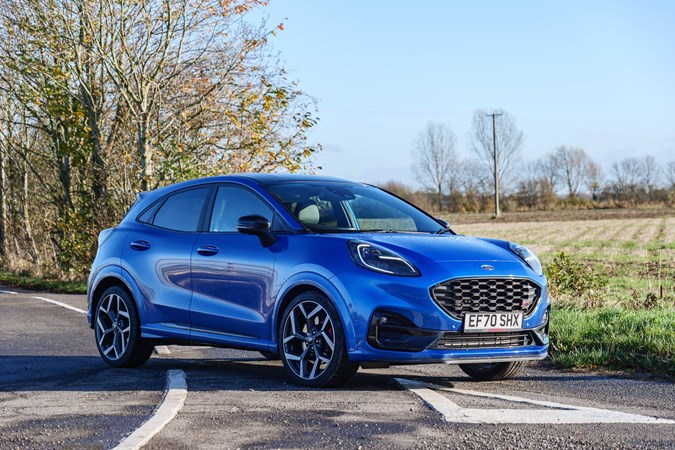
The ST might have a little element of bad-tempered rebel in the optics, but it’s a remarkably good-natured companion. I’m going to enjoy this.
Update 2: Hot-hatch – back – the Puma ST is the modern XR3i
There’s not much to report on the Puma ST’s behaviour through the start of winter. It behaves impeccably, the performance pack’s limited-slip diff occasionally skipping on deeper puddles and keeping the car remarkably stable in arduous conditions – it’s not just useful for racing.
Covering thousands of miles is one thing, but it’s only when swapping to another car that you realise the Puma’s wonderful heated windscreen has been taken for granted. What normally takes a minute or two of delay rises to six minutes of faffing with a normal car’s windows. It’s not just the heated glass, the Puma warms up quickly anyway. Must be why they called them hot hatchbacks…
Puma ST – Hot Hatch, back
And it is a hot hatchback. As a nation of car buyers we’ve forgotten our Escorts and Golfs and moved onto Kugas and Evoques, and honestly, very few of those 4x4-esque SUVs offer the visceral thrill enjoyed by drivers 40 years ago when that boring, practical car suddenly got ‘fun’.

The Puma ST captures that moment perfectly, however. And where there’s a star getting attention, there are rivals; CAR magazine pinched my Puma to put it against a real barbarian invading the hot-SUV space, the Hyundai Kona N.
You can read the CAR group test here; my thoughts on the Kona N echo those of James Taylor – it feels like it’s been forced into being a fast car, like arm-wrestling an accountant straight from a meeting in a relaxing cardi, to karaoke in Cardi B fancy dress. It succeeds at being FAST and LOUD, but it’s never comfortable, never feels natural.
The Puma ST, however, feels like it was born this way. It’s a little monster, but it’s completely at home in its skin, and makes you feel at home with it too. What it reminds me of most of all is a 1980s Golf GTI (sorry, it’s too good to be compared with a 1980s Ford Escort really) with a feeling of common-sense solidity, yet plenty of performance and fun for B-roads, without ruinous running costs.
Unfortunately, it’s approaching the time the Puma ST has to go back, and as the excellent FordPass smartphone app keeps reminding me, it’s also approaching time for a first service. Ford uses oil condition monitoring as well as distance and time but the service essentially coincides with 10,000 miles – not bad for the performance on offer and high-tech engineering.
Update 3: Verdict – a Puma is for life, not just for gimmicks
Oh, this is a hard one to write. Not because I’ve no opinions, far from it, but because the Ford Puma ST got under my skin in a way that few modern cars do.
Sometimes character is a kind way of saying something has flaws – like a VW Beetle. The Puma ST has character and personality, but by any realistic measure it is astoninshingly free of flaws. It’s great value for what you get – well equipped and capable, economical and a very fair price that means this high-spec sporty small SUV is an alternative to the bare-bones basic rival, particularly if you want the ‘character’ of a premium brand.
It’s sporty without being obnoxious, unless you want it to be. It’s genuinely easy to drive and park, yet big enough to cope with most family needs for transport and carrying stuff. And it doesn’t cost a lot in fuel – only in the depths of winter and short commutes did it drop below 38mpg.
I haven’t liked a car (and my tastes are more 4x4/pickup shaped) this much since running a 1990 Golf GTI five-door almost 20 years ago. The Puma reminds me a lot of that GTI – sporty, but sensible, solidly made (after 10,000 miles there’s no creaking or rattling from the trim, or any discernable wear – except to the tyres) and economical to run, but also thoroughly dependable and predictable.
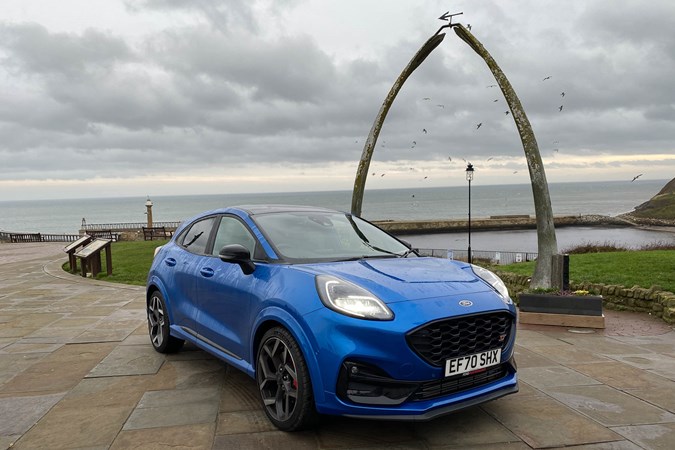
It had enough presence to feel like it made a statement around car enthusiasts, yet could blend in easily if you wanted it to; in a world where ‘what car you drive’ seems less relevant to each generation, the Puma ST achieves the same.
Yes, there’s some old-school thinking here. No hybrid, no super-modern weird interior. But those cars still have a way to go before they feel this cohesive and natural to live with.
I could go on, but you want a verdict? The Puma ST is one of the best cars you can buy for less than £32,000, and is only kept from being the best small SUV by the presence of cheaper, less sporty Pumas.
With the Puma range, and the ST in particular, Ford’s shown a return to the same form that made Capris, Escorts and Cortinas not just numerous, but aspired to – creating a car that is thoroughly accomplished for day-to-day driving in Britain, on-trend and appealing, and it’s affordable at a time when even budget brands are pushing prices up.
I am going to miss it a lot.
Long-term test: Ford Puma ST Mileage 6,400 Real-world economy 38.9mpg, 94% of official Official economy / MPP 41.5mpg / 6.4 Joined Parkers October 2021






